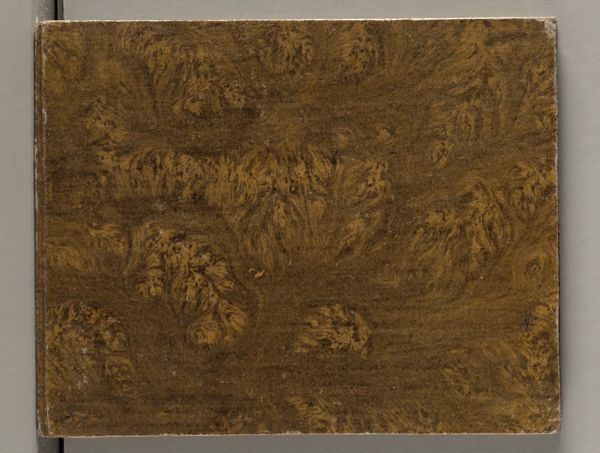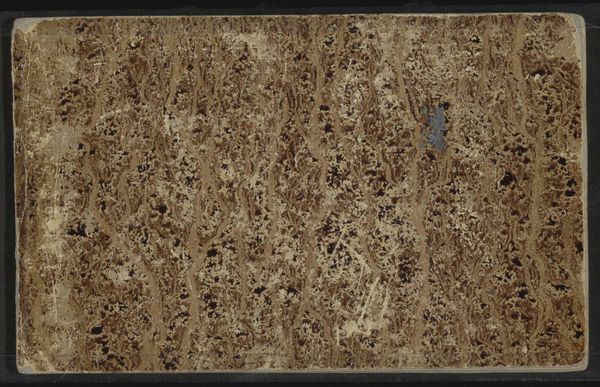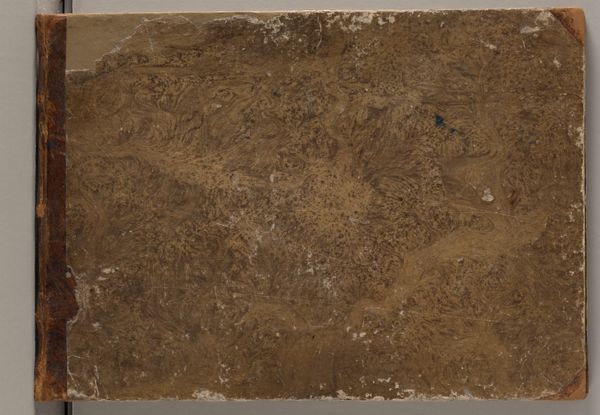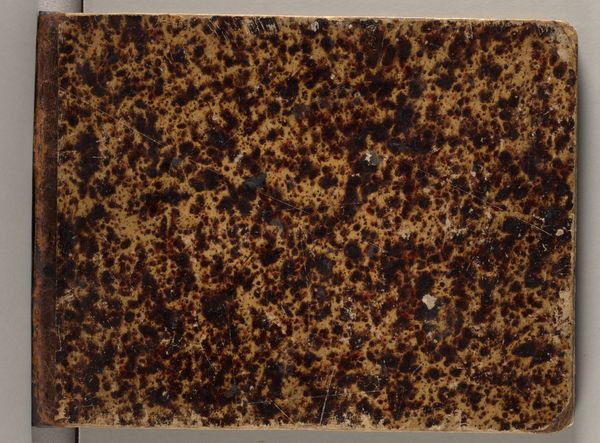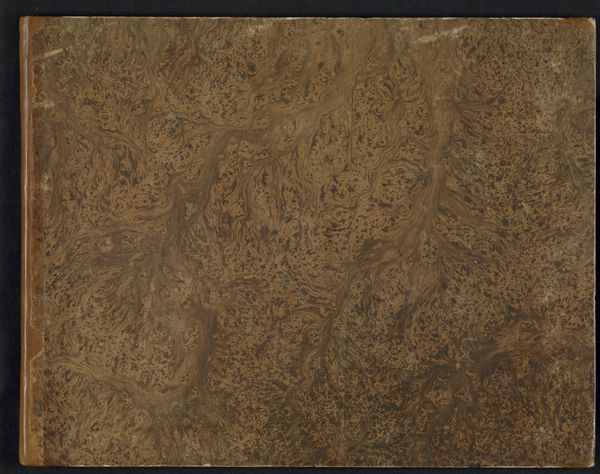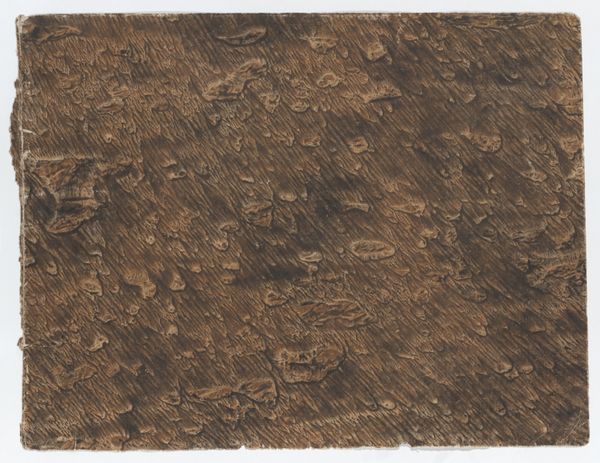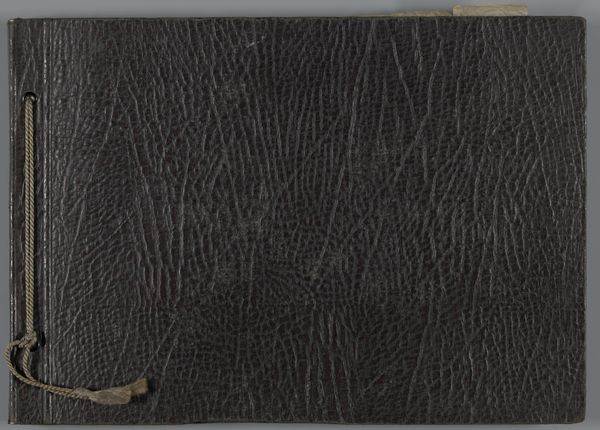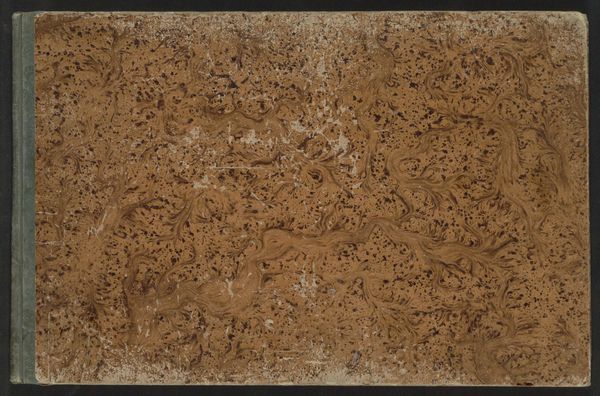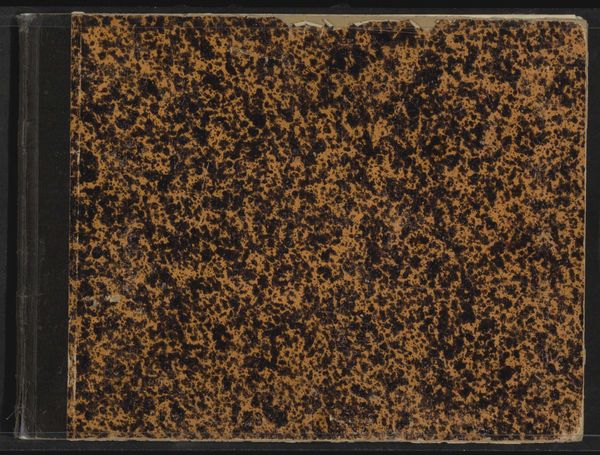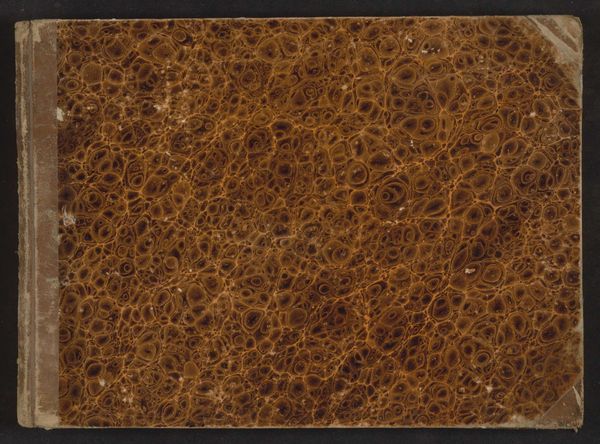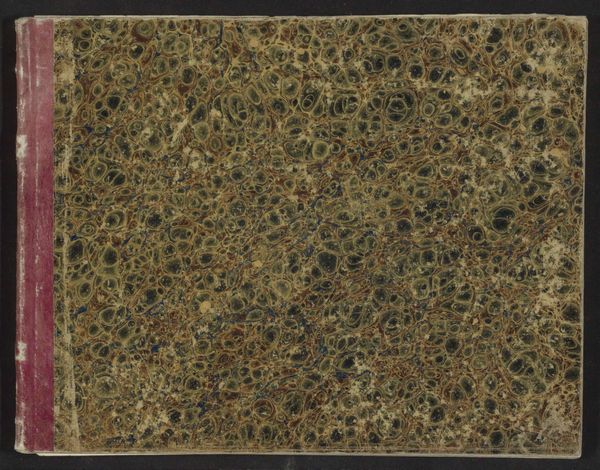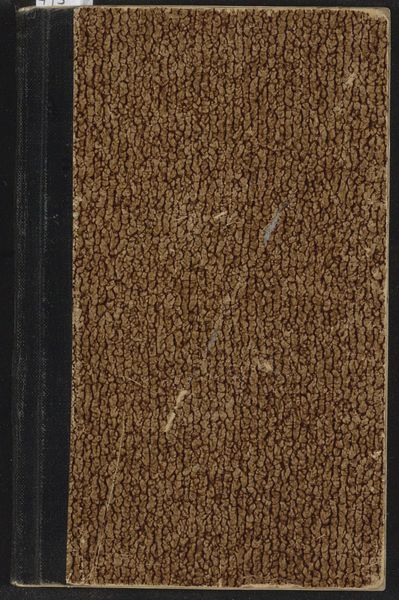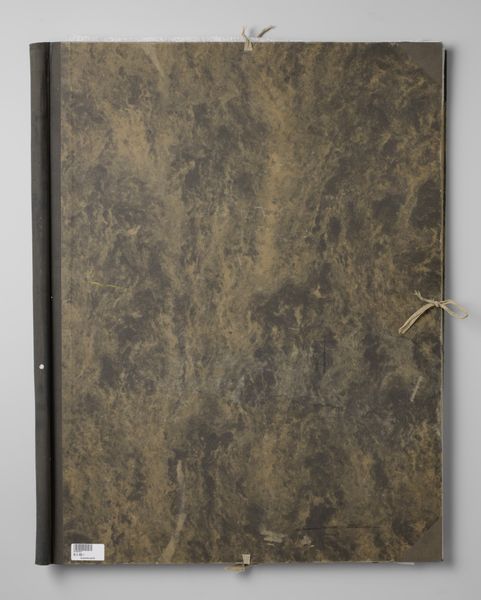
drawing, wood
#
drawing
#
wood texture
#
16_19th-century
#
muted colour palette
#
landscape
#
wood
Copyright: Public Domain
Curator: What immediately grabs me is the material—that simulated wood grain pattern is mesmerizing, almost psychedelic. Editor: Indeed. Let's delve into "Skizzenbuch," or "Sketchbook," created by Friedrich Metz around 1839, now housed in the Städel Museum. Its presentation offers an interesting point for discussing drawing as a medium. Curator: The binding is striking. Is that real wood or a paper overlay? The trompe l'oeil effect complicates our understanding of the raw materials and raises questions about what the artist, or the craftsperson who assembled the book, valued. Is it truth to materials, or deception as its own technique? Editor: An astute observation. Consider this within the historical context. In the 19th century, increased industrialization created new pressures on artists and craftspeople. Were materials like wood gaining value because they were scarcer or was this design a consumer gimmick to lure buyers with the facade of traditional quality? Curator: Good questions. The object itself, a sketchbook, signifies the beginning of something, of an idea taking form. This particular sketchbook gives clues to the creative life of an artist working amidst changing modes of production. Editor: Thinking formally, the repetition of the wood grain pattern across the cover acts almost like a frame in itself, preparing us for the landscapes and studies inside. Curator: It begs us to reflect on our perception of landscape and nature too, right? In a time when people are becoming further distanced from the natural world because of industrial progress, they bring nature closer through artificial forms. Editor: Exactly. Perhaps a statement about our inescapable impact on nature even as we seek to emulate it. The swirling pattern makes me think of the romantic concept of sublime terror and overwhelming awe in nature. Curator: It also serves a protective function, doesn't it? Encasing and safeguarding the artist's ideas, his creative impulses, waiting to be unleashed within. Editor: Looking at "Skizzenbuch," its visual texture is more than aesthetic choice; it encourages us to probe the intersection of art, craft, and the burgeoning industrial age. Curator: And, the object's raw tactility reminds me to consider both form and sociohistorical narrative when studying art.
Comments
No comments
Be the first to comment and join the conversation on the ultimate creative platform.
